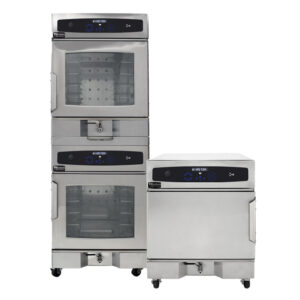
Retherming
What is a Retheming?
Retherming is reheating previously cooked food to a safe temperature. According to the USDA, prepared food must be reheated to an internal temperature of 165°F within two hours, or it must be discarded. Cooking times of 90 minutes are preferred to allow a safe amount of flexible preparation and cooking time.
Ovens that are explicitly designed for retherming are called thermalizers but are also known as retherm ovens or rethermalizers.


